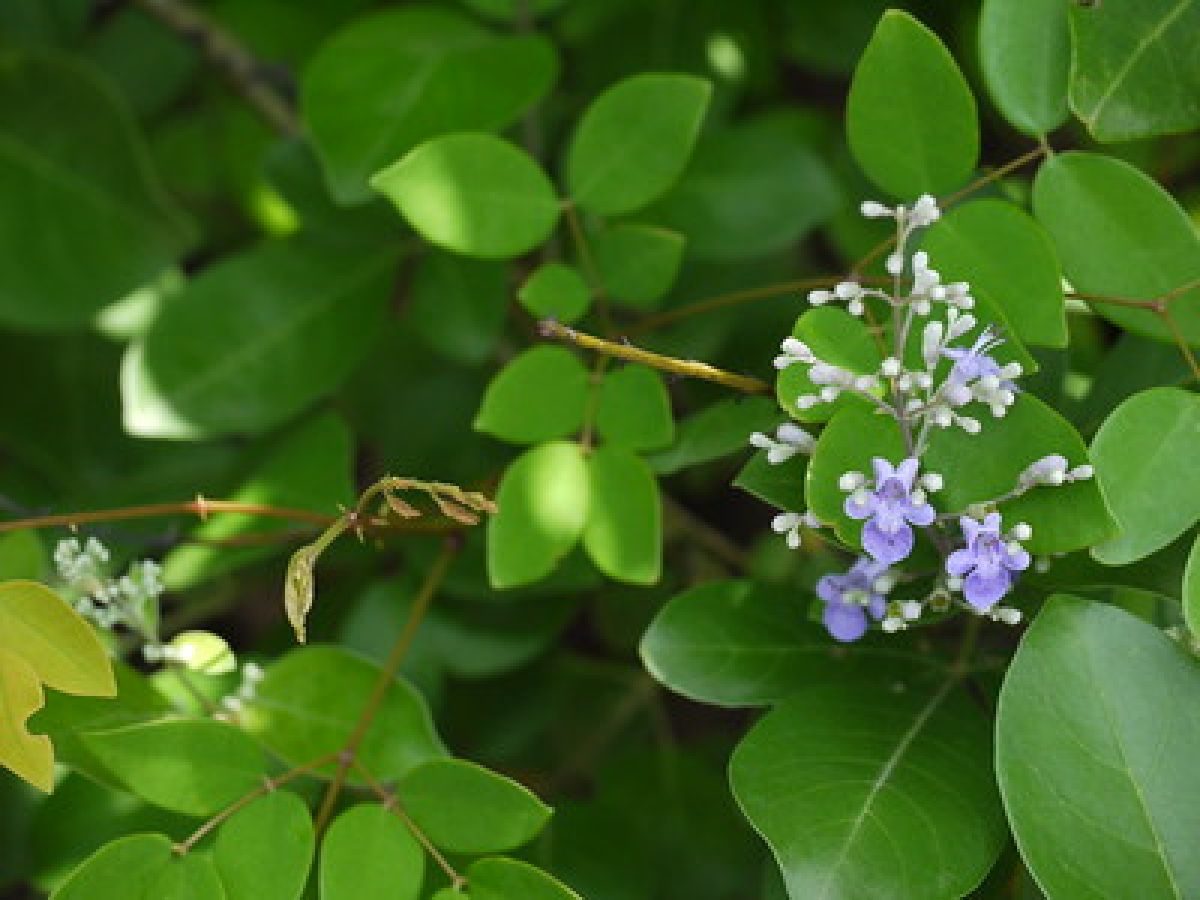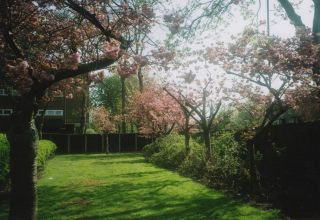Rediscovering folk remedies before it’s too late
By Kerry Mack

Ethnopharmacology is the study of folk remedies – natural medicines made from plants or other substances that have traditionally been used to treat illnesses and relieve pain. The field seeks to study these plants and substances to discover the key biologically active agents and develop these into drugs.
Since it is estimated that antibiotic resistant superbugs could kill up to 1.3 million people in Europe by 2050, the hunt for new sources of replacement antibiotics has made ethnopharmacology an important focus of research.
Famous examples of drugs developed via ethnopharmacology include morphine, codeine, aspirin and digitalis. Morphine and codeine originate from the Sumerian ‘joy flower’ – opium poppy – which has been used to relieve pain for over 5000 years.
Aspirin is derived from willow bark which has been used to relieve pain and reduce fever for over 3500 years. Digitalis comes from the foxglove plant which was investigated by the Scottish doctor William Withering in 1775 when he delivered a terminal diagnosis to a patient with a severe heart condition.
The patient instead bought a cure from a gypsy healer – which actually worked – and the doctor convinced her to give him the recipe so he could run scientific trials. To this day digitalis is used to treat heart failure and heart rhythm problems.
Barking up the right tree
The leaves and bark of the Voacanga Africana tree have been prescribed for hundreds of years by healers on the African island of São Tomé e Príncipe to decrease inflammation and alleviate the symptoms of mental disorders.
Scientists discovered that a compound isolated from the tree matter protects cells from the altered molecular pathways which are associated with Alzheimer’s disease, Parkinson’s disease and the degeneration of the brain after a stroke. They were surprised at the compound’s potency and noted that even in dilute form it performed exceptionally.
Grounded in fact
Soil from an area known as the Boho Highlands in Fermanagh, Northern Ireland was traditionally wrapped in cotton cloth and used to treat ailments such as toothache and throat infections.
Researchers performed an analysis of the soil and discovered a strain of bacteria that was new to science, and which proved to be effective in combating four out of six of the superbugs that are resistant to antibiotics, including MRSA. The component of the strain which prevents the growth of these pathogens needs to be identified and purified before the new antibiotic can be developed.
Plants vs cancer
A study conducted in Singapore looked at the leaves of several local plants used since ancient times for various medical purposes to examine potential anti-cancer properties.
The most promising results when testing for anti-proliferation effects against breast, cervical, colon, leukaemia, liver, ovarian, and uterine cancers came from the leaves of the Bandicoot Berry, South African Leaf, and Simpleleaf Chastetree.
The findings show how vital it is to conserve such plant species so that they can be used for future drug discovery.
This final case highlights one of the issues facing the study of folk medicine – many of the sources of these cures are under threat due to climate change, urban expansion and habitat destruction. In addition, the knowledge of these cures is itself in danger of being lost, especially in ethnic groups where transmission of information is oral, not written.
Anything which disrupts traditional society enhances the threat to the knowledge held by these groups – including migration due to urban drift, war or famine as does the adoption of Western health products and structures. Therefore, the opportunity to exploit ethnopharmacology in the pursuit of new medicines may not last long.







